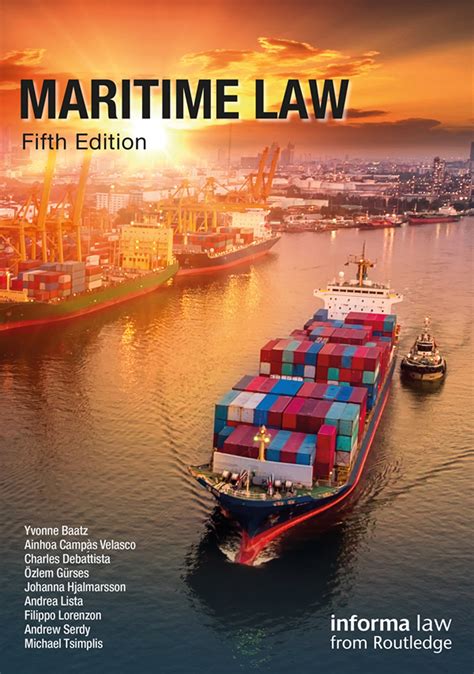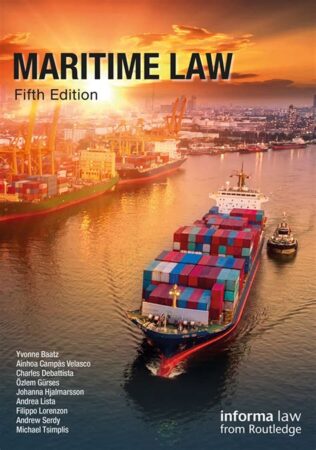
- Where Maritime Law Applies
- Territorial Waters
- High Seas
- Inland Waters
- Table: Where Maritime Law Applies
- Conclusion
-
FAQ about Maritime Law Applicability
- 1. What is maritime law?
- 2. Where does maritime law apply?
- 3. What activities are covered by maritime law?
- 4. Which countries’ laws apply in maritime cases?
- 5. What are the key principles of maritime law?
- 6. How is maritime law enforced?
- 7. What are the differences between maritime law and admiralty law?
- 8. Who are the main stakeholders in maritime law?
- 9. What is the significance of maritime law in international trade?
- 10. How can I learn more about maritime law?
Where Maritime Law Applies

Introduction
Ahoy there, readers! Welcome aboard our high seas expedition into the fascinating realm of maritime law. As we set sail, we’ll be uncovering the vast expanse of waters where this body of law governs. From the deep blue ocean to tranquil inland waterways, get ready to dive into this maritime legal odyssey.
Maritime law, also known as admiralty law, is a specialized branch of law that reigns over the high seas and all things maritime. It encompasses everything from shipping and navigation to piracy and pollution, ensuring order and justice on the vast expanse of waters that connect our world.
Territorial Waters
Coastal Waters
Maritime law casts its net over the territorial waters of a nation, typically extending up to 12 nautical miles from the baseline of the coast. Within this zone, the coastal state holds sway over all maritime activities, including navigation, fishing, resource extraction, and enforcement of customs and immigration regulations.
Exclusive Economic Zone
Beyond territorial waters lies the exclusive economic zone (EEZ), stretching up to 200 nautical miles from shore. Here, the coastal state has exclusive rights over the exploration and exploitation of natural resources, including fish, oil, and gas. However, other nations retain the right to navigate and conduct scientific research within the EEZ.
High Seas
International Waters
The high seas, beyond the EEZ, are considered international waters, where no single nation has exclusive jurisdiction. Ships sailing on the high seas come under the legal umbrella of the flag state, which enforces its laws and regulations on board vessels flying their flag.
Freedoms of the High Seas
The high seas offer several freedoms, including the freedom of navigation, fishing, laying submarine cables, and overflying. However, these freedoms come with responsibilities to ensure the safety and preservation of the marine environment.
Inland Waters
Navigable Waters
Maritime law also extends to inland waterways, such as rivers, lakes, and canals that are navigable by vessels. These waters are subject to the laws of the riparian states, which may regulate navigation, establish speed limits, and impose environmental protections.
Non-Navigable Waters
Non-navigable waters, such as ponds and small creeks, generally fall under the jurisdiction of the local or state authority. These waters may still be subject to maritime law principles, such as the right of riparian owners to access and use the waterway.
Table: Where Maritime Law Applies
| Body of Water | Governing Law | Relevant Jurisdictions |
|---|---|---|
| Territorial Waters | Laws of the coastal state | Within 12 nautical miles of the baseline |
| Exclusive Economic Zone | Laws of the coastal state | Up to 200 nautical miles from shore |
| High Seas | Laws of the flag state | Beyond 200 nautical miles from shore |
| Navigable Inland Waters | Laws of the riparian states | Rivers, lakes, and canals |
| Non-Navigable Waters | Laws of local or state authorities | Ponds, small creeks |
Conclusion
Readers, now that we’ve navigated the vast seas of maritime law, we hope you have a clearer understanding of where this legal compass reigns supreme. From the territorial waters to the open ocean and beyond, maritime law ensures order and justice on the watery paths that connect our world.
But our journey doesn’t end here. Join us for more nautical escapades in our other articles, where we’ll delve into the depths of maritime history, explore the mysteries of the ocean, and keep you up-to-date on the latest legal developments shaping the high seas. Stay tuned, readers, for more maritime adventures on the horizon!
FAQ about Maritime Law Applicability
1. What is maritime law?
A body of law that governs the conduct of maritime activities, including shipping, navigation, and maritime commerce.
2. Where does maritime law apply?
In general, maritime law applies to:
- Oceans and seas
- Navigable rivers, lakes, and canals
- Vessels and other structures floating on or connected to these bodies of water
3. What activities are covered by maritime law?
Maritime law covers activities such as:
- Ship operation and ownership
- Maritime trade and contracts
- Personal injury and maritime accidents
- Cargo damage and insurance
- Environmental regulation of maritime areas
4. Which countries’ laws apply in maritime cases?
The laws of the country where the incident occurred, the country where the vessel is registered, or the country of nationality of the parties involved may apply.
5. What are the key principles of maritime law?
Principles include:
- Freedom of the seas
- Right of innocent passage
- Territorial waters and exclusive economic zones
- Admiralty jurisdiction
- Liability for maritime incidents
6. How is maritime law enforced?
Maritime law is enforced through:
- National courts
- International maritime tribunals
- Coast guard and other maritime enforcement agencies
7. What are the differences between maritime law and admiralty law?
Admiralty law is a specific branch of maritime law that deals with matters of shipping, navigation, and maritime commerce.
8. Who are the main stakeholders in maritime law?
Stakeholders include:
- Ship owners and operators
- Cargo shippers and receivers
- Port authorities and maritime regulators
- Maritime insurance companies
- Legal professionals specializing in maritime law
9. What is the significance of maritime law in international trade?
Maritime law facilitates:
- Movement of goods and services across borders
- Regulation of maritime commerce
- Protection of maritime interests and liabilities
10. How can I learn more about maritime law?
Resources include:
- Academic programs and certifications
- Legal textbooks and articles
- Professional development courses
- Maritime law organizations and conferences




